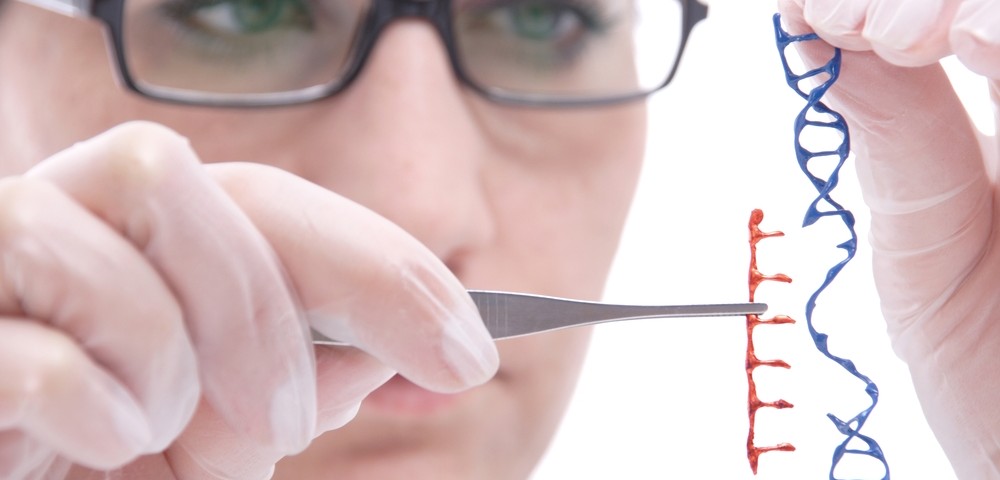Researchers at the University of Rocherster Medical Center (URMC) have received a $3 million, four-year grant to develop a means of gene therapy delivery that might treat patients with acute respiratory distress syndrome (ARDS), a condition that is triggered by a number of pathologies, including pneumonia, but also injury and sepsis.
ARDS is characterized by fluid accumulation in the alveoli, the tiny air sacs in the lungs, impairing gas exchange within the lungs and reducing oxygen in the bloodstream, depriving organs of the oxygen they need to function properly.
Gene therapy works by influencing the expression of specific genes with a role in disease progression. Its delivery can be based either on viral or non-viral vectors, with viral vectors widely associated with nonspecific cell targeting, inflammation, and immune responses.
David Dean, PhD, a professor of Pediatrics and Neonatology at the University of Rochester Medical Center, is working to develop a method that influences the affected alveoli, compelling the cells to release the extra water they are holding and function normally again, through a non-viral gene therapy approach. Because cells are prepared to prevent harmful DNA molecules from entering, the researchers first have to overcome this cell-intrinsic mechanism to deliver their DNA compounds.
Dr. Dean’s team has shown in animal models of lung injury that a process, know as electroporation, allows for the transference of genes to the lungs by delivering a shock of electricity to targeted cells, inducing a transient opening in their membrane that allows the DNA to enter. The method has been proven simple, fast, and safe — possibly a way of overcoming the harmful effects seen when viral particles are used for gene delivery.
The National Institutes of Health (NIH) grant, which began this year, will allow Dr. Dean and his team to continue to further test the safety and efficacy of electroporation, moving it closer to clinical application.
“Our research has generated very encouraging results thus far,” Dr. Dean said in a press release. “If it continues to show promise, our next step will be a clinical trial.”
This condition affects approximately 150,000 people every year, and has a mortality rate of up to 40 percent.


